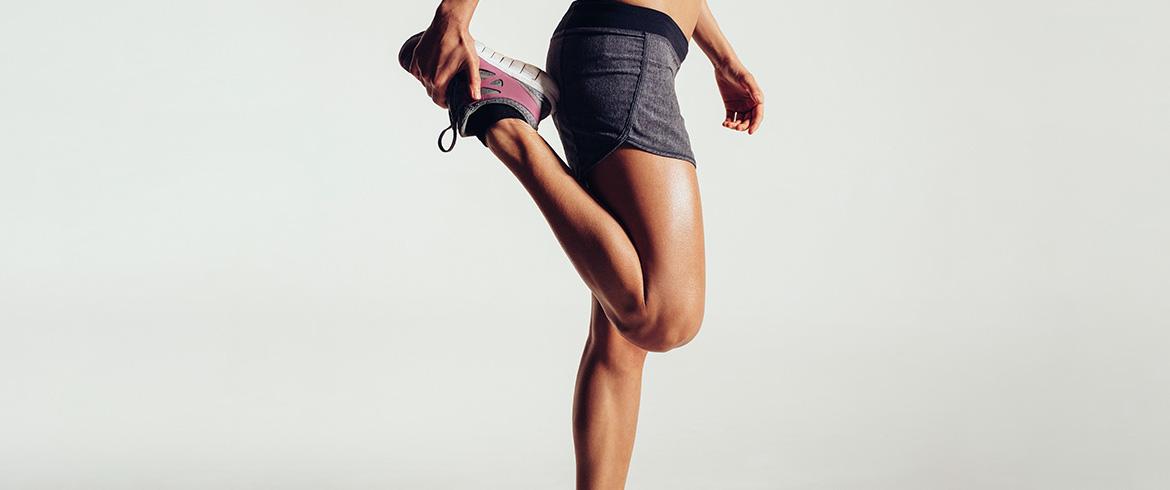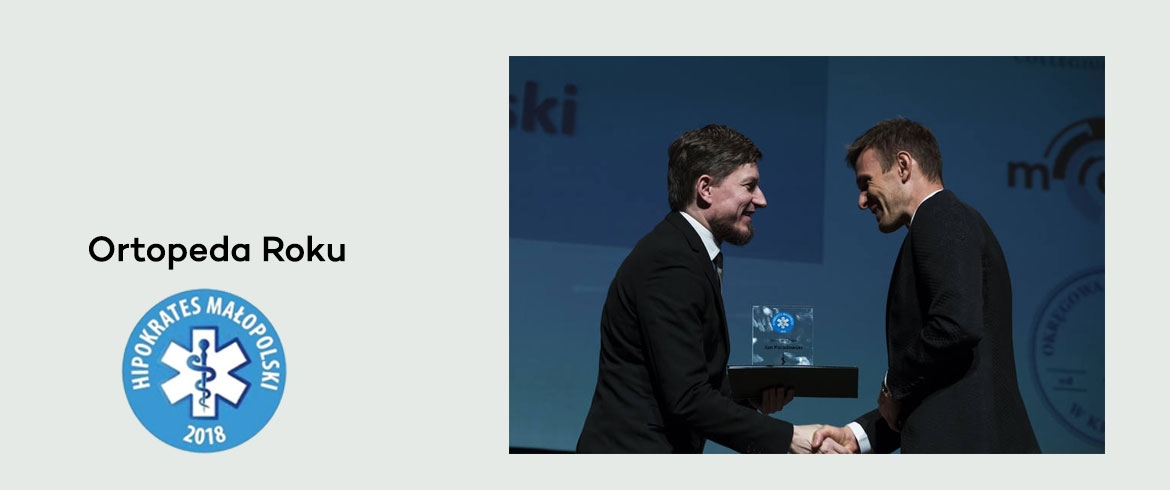The therapy involves using modern physiotherapeutic methods and conceptions such as, among others:
- Manual therapy,
- Osteopathy,
- Craniosacral therapy,
- PNF stretching – proprioceptive neuromuscular facilitation,
- Kinesiotaping.
1. Manual therapy
Manual therapy is a treatment that aims to restore the skeletal and neuromuscular systems to their normal state. Manual therapy involves using techniques such as mobilisation and manipulation of the spine and peripheral joints as well as special soft tissue techniques. A crucial element is contact between the therapist's hands and the patient's body, but this is not a typical massage. Some methods involve the patient actively taking part in the therapy, moving in a specified direction. This allows the nervous system to relearn the proper pattern of movement.
The therapy is preceded by an accurate diagnosis which means that the choice of treatment is always safe for the patient. The main effect of the therapy is restoring the proper biomechanics of the body, relieving pain and improving motion economy.
Professional athletes undergo manual therapy because optimising muscle and joint performance undoubtedly improves the efficiency of movement allowing you to obtain even better sporting results.
In our clinic, the physiotherapists use the following manual therapy methods:
- the Maitland Concept
- the Mulligan Concept
- the German concept of manual therapy,
- myofascial release,
- trigger point therapy – read more.
2. Osteopathy
The philosophy of osteopathy is based on the idea of the unity of the human body – in other words, the functions of all the structures of our body are linked to one another. If the work of one structure is disturbed, this could affect parts of the body that are far away. The organism is therefore understood as one entity and specific emphasis is placed on its ability to heal itself.
Osteopathy is a therapy that accurately analyses the cause and effect relationships relating to the physiology and pathology of not just the musculoskeletal system, but also the internal organs. Osteopathy relies on detailed knowledge of anatomy, thanks to which it is able to listen to the patient's organism. This kind of ability is indispensable to accurately diagnose pain when the cause is often found far away from the affected area.
The basis of Osteopathy's holistic approach is therefore treating the cause, not just the symptoms.
You can read more about Osteopathy on FICO – the college of osteopathy that our physiotherapist Natalia Więckowska attends.
3. Craniosacral Therapy
The idea of craniosacral therapy is precisely locating the relationship between the pathology that is present in the organism, and the disturbance to the craniosacral rhythm.
The craniosacral rhythm refers to the circulation of cerebrospinal fluid, the tension and movability of the nervous system as well as the mobility of the skull and sacrum. All of these discrete elements that make up the craniosacral rhythm are palpable by the therapist who places their hands on the back of the patient's head and around the sacrum during the diagnosis and therapy. The therapist identifies strain patterns and then aims to eliminate them in order to restore the proper craniosacral rhythm and reprogram the model of a healthy organism. CST therefore stimulates the natural self-healing forces of the system's functions.
CST improves the functions of the whole organism and not just its systems. The aim of CST is to re-establish psychophysical balance. That means that the therapist aims not only to eliminate restrictions and alleviate somatic pain, but to also make the patient feel better both physically and emotionally.
The therapy is extremely effective in the treatment of dysfunctions of the organism caused by trauma or physiological disturbances caused by chronic stress. CST allows us to relieve our body of negative tensions that have been building up over the years. It is particularly used to rehabilitate patients who have had car accidents, postnatal depression and pain caused by stress.
Katarzyna Maliszewska performs craniosacral therapy in our clinic.
4. PNF stretching – proprioceptive neuromuscular facilitation
PNF stretching – proprioceptive (relating to the receptors in the body) neuromuscular facilitation is a modern neurophysiological method that is often used in neurological, orthopaedic and sport rehabilitation.
If movement is disturbed by injury to the musculoskeletal system, complications resulting from such an injury, or chronic pain or damage to the central nervous system, PNF teaches patients this movement from the beginning, taking into consideration into functionality. PNF is based on patterns of the physiological developmental movement of children – ranging from lifting one's head to full walking movement. Natural and functional movements are mainly taught during the therapy, often in the form of concrete tasks.
PNF uses the potential of ‘healthy’ parts of the body to stimulate movement in weaker or injured areas of the musculoskeletal system. For example, that means that if we properly stimulate the working limb, this will in turn stimulate the weaker limb that would have been difficult to achieve without proper stimulation.
What is more, movement can be facilitated by using an appropriate stimulus by activating the touch receptors, as well as senses such as sight and hearing.
PNF therapy is focused on your individual needs – it allows you to perform movements that are important to you and form a part of your family, social, and professional life.
5. Kinesiotaping
Kinesiotaping involves sticking sensory plasters directly onto the skin and can be used in conjunction with other treatments. By stimulating different receptors we can influence the somatosensory system to facilitate the body’s natural healing process.
Kinesio tape is specifically applied to each patient based on the results of a full evaluation and assessment of their somatosensory system. The tapes are specific to each injury and pre-prepared templates are never used.




